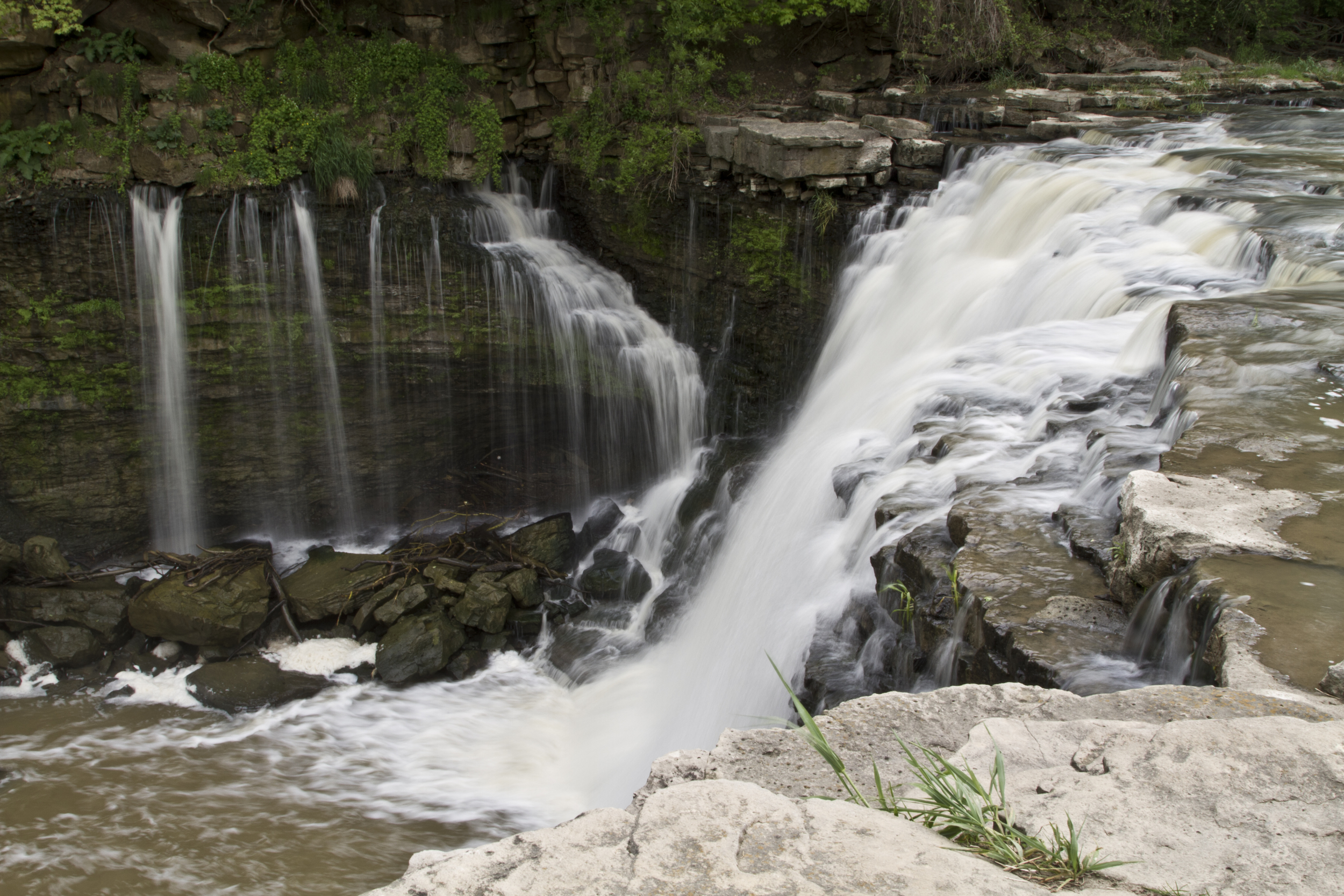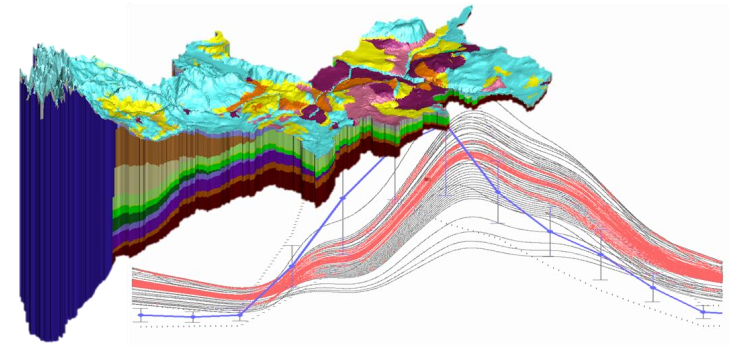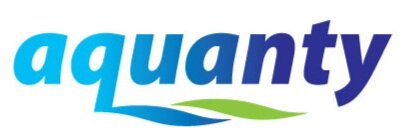

HGS RESEARCH HIGHLIGHT – Geothermal Energy Potential of Active Northern Underground Mines: Designing a System Relying on Mine Water
HydroGeoSphere is a powerful tool for evaluating the potential of geothermal heat pump systems. HGS implicitly simulates thermal energy throughout hydrologic systems (including density driven transport effects), and can model extremely complex geological systems with spatially and temporally varying material properties, with or without the presence of discrete fractures, and with the ability to represent mine infrastructure as discrete features within the model.

HGS RESEARCH HIGHLIGHT – Mine rock stockpile reclamation trial, Detour Lake Mine
HydroGeoSphere is a powerful tool for evaluating the hydrology of open pit mining operations. HGS modelling at mine sites is typically at the site scale, and presents a perfect use case for short-term real-time hydrologic forecasting. But HGS can also be a great tool at smaller scales. In this study the authors use 1D column HGS models to evaluate the hydrology of a simple unengineered reclamation cover overlying mine waste rock from the Detour Lake Mine in Northern Ontario. 2D cross sectional HGS models were also constructed to ensure the 1D column models were producing accurate results.




HGS RESEARCH HIGHLIGHT - Integrated surface-subsurface water and solute modeling of a reclaimed in-pit oil sands mine: Effects of ground freezing and thawing
The HydroGeoSphere model presented here was able to successfully simulate the water balance and water quality response of the reclaimed landforms, and the results indicate that the impact of winter processes (i.e., pore-water freeze/thaw) on infiltration and surface runoff are significant. Including freeze-thaw resulted in reduced infiltration during spring melt and reduced salt loading during winter. In total, a 20% reduction of chloride mass release (over an 8-year period) was simulated when freeze-thaw processes were included in the simulations. These results provide a strong argument for the inclusion if winter processes and coupled heat dynamics for detailed studies of integrated hydrologic processes in the Athabasca Oil Sands region.

